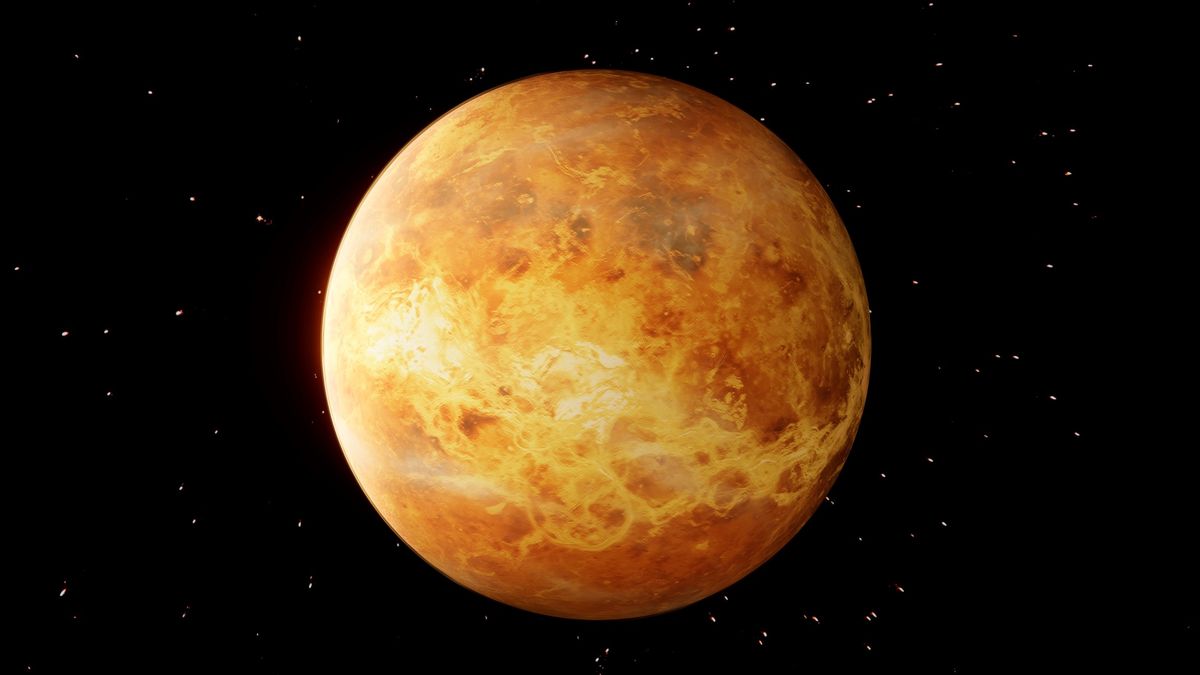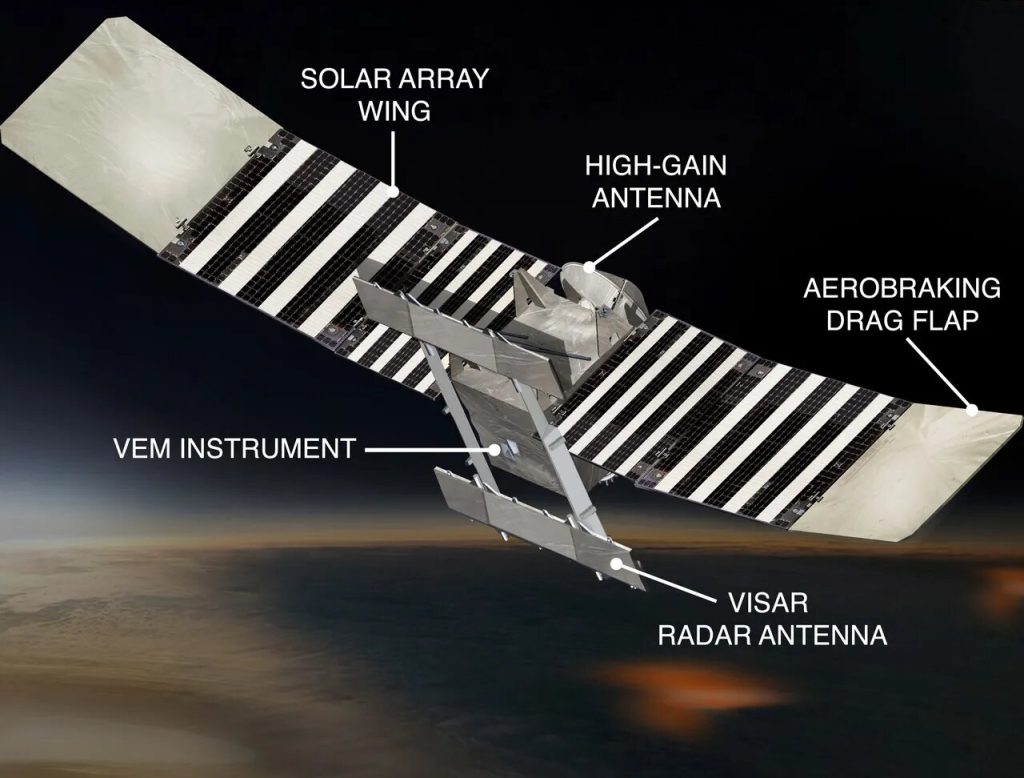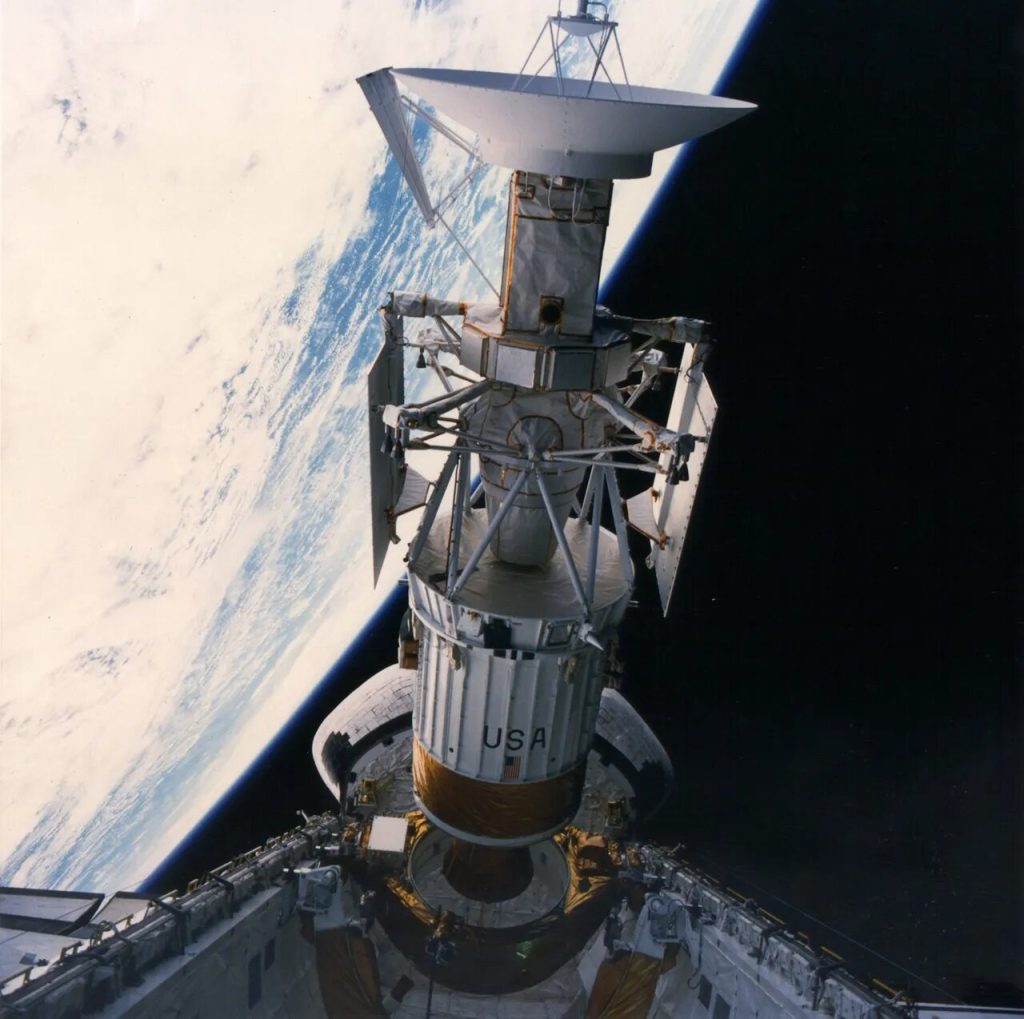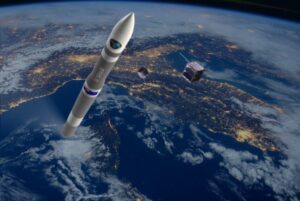VERITAS Funded! NASA Is Back To Venus After 30 Years
26th Mar 2024
For the first time since the 1990s, NASA will explore Venus with its VERITAS mission. The spacecraft will unlock the secrets of the lost habitable world on Venus, gathering data to show how Venus and Earth diverged.
NASA’s VERITAS mission is back on track
Despite long-term delays and budget constraints, NASA resumes its plans to explore Venus with a scheduled launch date of 2031. VERITAS, Venus Emissivity, Radio Science, InSAR, Topography, and Spectroscopy are finally back on track after being put on hold due to budgeting and staffing issues at NASA’s Jet Propulsion Laboratory (JPL). The announcement was made earlier this month at the 55th Lunar and Planetary Science Conference (LPSC) in Texas. This is a win for planetary scientists, particularly planetary geologists. The unofficial announcement came on the first day of the conference, 11th March 2024, and the official statement followed a few days later.
“The nightmare is over,” Darby Dyar, the deputy principal investigator of the VERITAS mission, told Gizmodo in an email. “To hear…that we have a launch date and a real budget is, honestly, hard to believe. I walked around last night asking people to pinch me to make sure I wasn’t dreaming!”

In March 2023, when NASA revealed its FY24 budget, there were not enough funds for the VERITAS mission. The agency has allocated VERITAS only $1.5 million, while the estimated mission cost was $124 million. Initially scheduled to launch in 2027, the launch of VERITAS was postponed for at least three years because of conclusions reached by an independent review board in November 2022.
The space agency has been dealing with budgeting issues. It received $24.875 billion for its budget in 2024, about half a billion less than in 2023 and some $2.31 billion short of what it was hoping to spend on its various programs in 2024.
More than 30 years gap in Venus exploration
More than 40 missions have been launched to explore Venus. NASA’s prior mission, Magellan, arrived at the planet in 1989 and ended operations in 1994. Since then, NASA hasn’t sent a spacecraft to Earth’s neighbouring planet. Magellan was the first spacecraft to image the entire surface of Venus and expectations were high that it would make several discoveries about the planet.

After years of being considered as a NASA Discovery mission, VERITAS was formally selected in June 2021, together with DAVINCI (formerly known as DAVINCI+), to conduct an unprecedented exploration of the second planet from the Sun. While VERITAS will be responsible for creating new surface maps of Venus, DAVINCI will be in charge of conducting atmospheric science as the potential habitability of Venus’ atmosphere is debated.
With the help of the VERITAS mission, scientists hope to learn about the planet’s current geological processes and look for evidence that water exists (or did) on the planet. The received data will help DAVINCI (Deep Atmosphere Venus Investigation of Noble gasses, Chemistry, and Imaging), which would probe the planet’s clouds and attempt to reach the planet’s surface.






Thank you for your comment! It will be visible on the site after moderation.